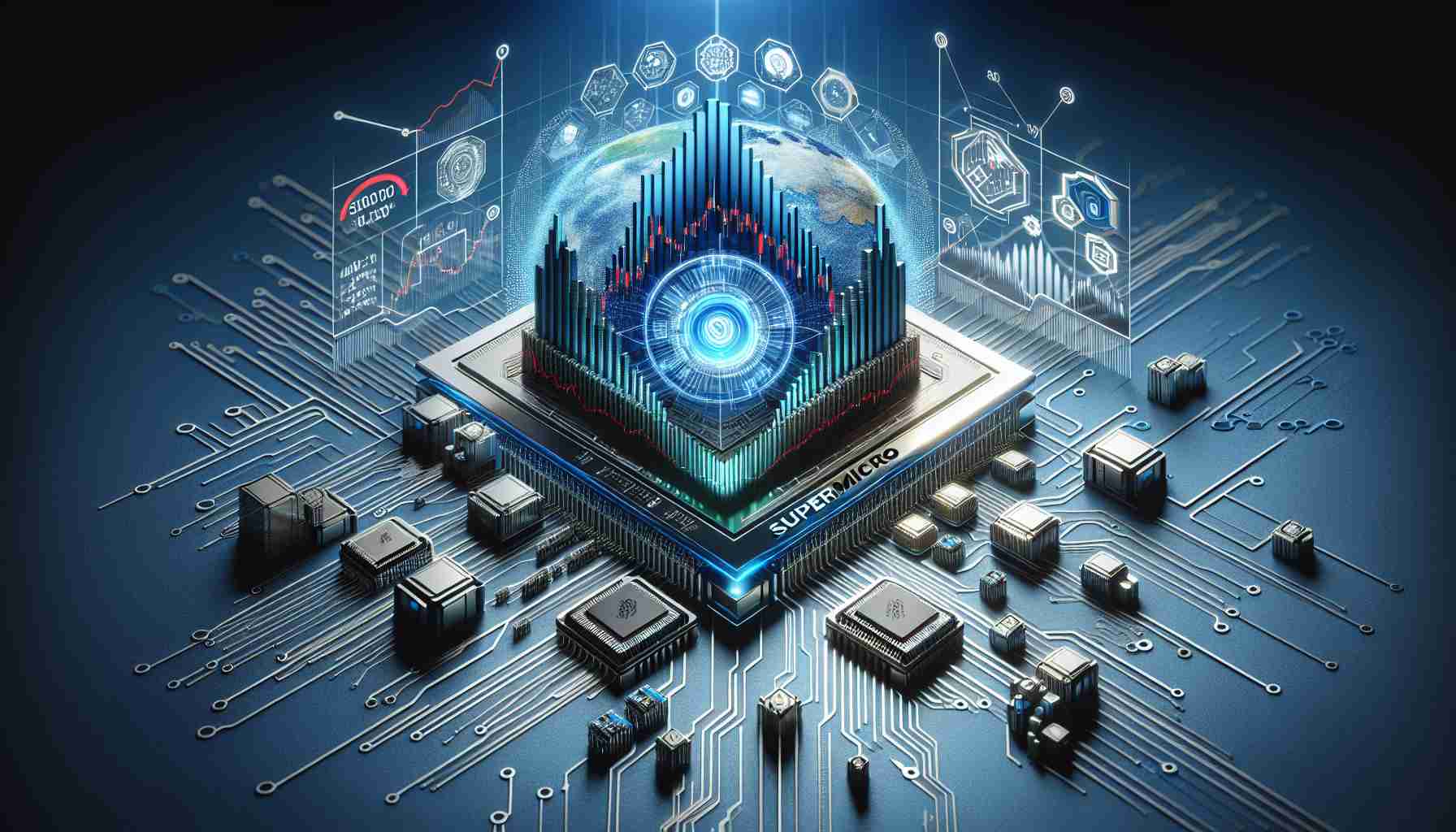As the world of cryptocurrency continues to evolve, the practice of mining remains a vital component of many blockchain ecosystems. For anyone interested in entering the mining arena, knowing which cryptocurrencies are efficiently mineable is crucial.
Bitcoin (BTC) remains the most well-known cryptocurrency that can be mined. Despite its popularity, Bitcoin mining has become quite competitive, requiring specialized equipment known as ASICs (Application-Specific Integrated Circuits) and a significant amount of energy. This makes it less accessible to individuals without substantial capital to invest in hardware and electricity.
Ethereum Classic (ETC) is another cryptocurrency that miners frequently look to. After the Ethereum network’s transition to a proof-of-stake model in 2022, Ethereum Classic, which still uses the original proof-of-work algorithm, provides an opportunity for mining. It’s a popular choice for those who have previous experience with Ethereum mining equipment.
In the realm of privacy-focused coins, Monero (XMR) offers an enticing mining opportunity. Monero is designed to be ASIC-resistant, which allows for CPU or GPU mining, making it a viable option for hobbyists who want to utilize their existing computer equipment.
Besides these, there are other lesser-known coins like Ravencoin (RVN) and Zcash (ZEC) that are mineable. Ravencoin focuses on facilitating efficient asset transfers, and Zcash allows for optional enhanced privacy features.
As the world of cryptocurrency undergoes continuous transformation, keeping abreast of updates and developments is key to making informed decisions about which coins to mine. Always consider factors such as market demand, energy costs, and hardware requirements when exploring mining opportunities.
Unveiling the Secrets Behind Cryptocurrency Mining: Profits, Pitfalls, and Innovations
Cryptocurrency mining remains a cornerstone of blockchain networks, evolving rapidly to present both opportunities and challenges. Recent developments have brought new dynamics into play that impact individuals, communities, and countries alike.
One intriguing contender in the mining space is Litecoin (LTC), often dubbed the silver to Bitcoin’s gold. Litecoin mining does not require as much processing power, appealing to those with less technical gear, leading to broader participation and fostering a more democratized mining sector. However, lower power consumption can also mean less competitive returns.
A controversial aspect of crypto mining is its environmental impact. Countries like China, once dominant in Bitcoin mining, have cracked down due to the staggering energy consumption, driving miners towards more sustainable practices or to relocate to regions with abundant renewable energy. This shift prompts the global community to debate energy priorities and innovations like eco-friendly mining solutions.
So, which cryptocurrencies can be mined today? Increasingly popular are avenues like Helium (HNT), which uses a unique “proof-of-coverage” concept whereby miners set up hotspot devices connecting Internet of Things (IoT) devices, earning rewards for coverage quality rather than sheer computational power. This model harnesses less energy and opens doors for smart city applications.
Advantages of mining include financial gains, technological advancement, and community empowerment. Conversely, disadvantages span from high start-up costs to resource concentration and regulatory challenges.
For those seeking more information on mining strategies and innovations, visit CoinDesk for the latest updates, or explore Cointelegraph for deeper insights into emerging trends. Navigating the crypto mining landscape demands awareness and adaptation to ever-changing technological and environmental landscapes.





















